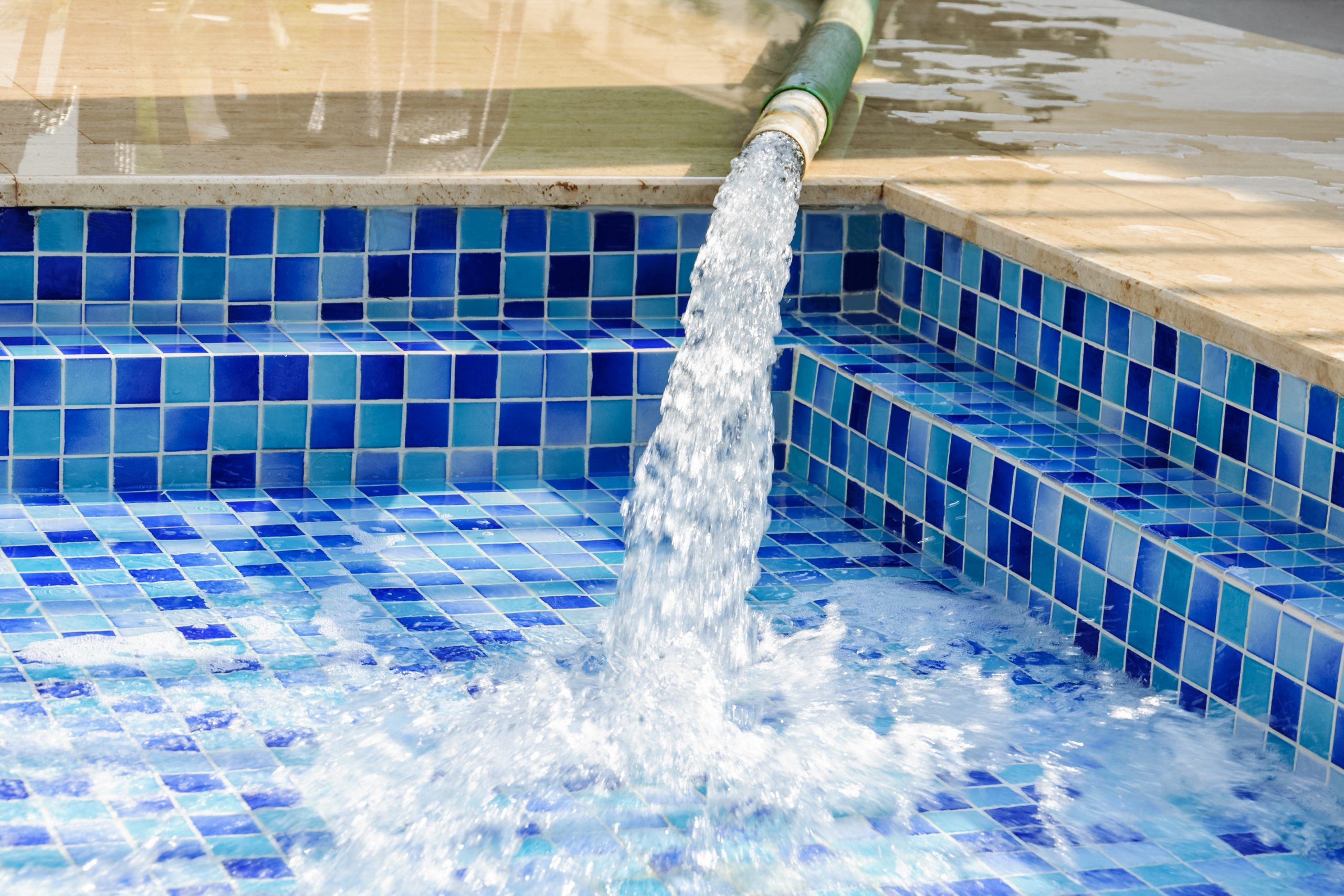 (412) 364-9114
(412) 364-9114

Pools are a great addition to any home. Currently, there are millions of residential pools in America alone and more are being added every year. The right piping is essential for the successful installation and construction of these pools. If you are considering an inground pool installation, it’s natural to have questions about the correct materials to use for this process.
In this blog, we will cover the common types of pipes found in pool plumbing systems and determine which pipe will work best for you. Let’s dive in!
If rigid PVC pipe is being used to plumb a pool, it should be a minimum of Sch 40 which is the standard for pool plumbing pipe. Sch 80 pipe can also be used but is not necessary and is generally more expensive compared to the Sch 40. Both Sch 40 and Sch 80 piping are 2″ in diameter and can hold a pressure of 166 PSI. Rigid PVC pipe is long-lasting and does not have a lot of disadvantages.
Flexible PVC pipe is used more and more in new swimming pool installations. It has the same outside diameter as rigid Sch 40 pipe. The connections are made by solvent welding using standard Sch 40 slip fittings, the exact same as installing rigid PVC pipe. Some benefits of the flexible PVC pipe are reduced labor, less cutting or measuring, and reduced installation cost. A downside to flexible PVC pipe is it tends to be more expensive compared to rigid pipe and it can be more prone to crushing or puncturing.
When working with new energy-efficient swimming pools, a 2″ plumbing line is the way to go. The suction lines for the pool should be plumbed with a 2″ pipe to ensure longevity. PVC flexible pipe can be damaged by UV rays causing the PVC pipe to weaken over time.
Polyethylene pipe is a flexible black pressure pipe that is commonly used for in-ground pool plumbing. Barbed insert fittings are used to join together sections of the poly pipe. The connection is then secured using two stainless steel clamps over the outside of the pipe and insert fitting as opposed to glued PVC fittings. Black poly pipe is insect-proof, the PVC insert connections can withstand some freezing or ground movement without breaking and has a greater chemical and bacteria resistance. However, black poly pipe can lose its flexibility in cold weather and could potentially be hard to work with.
Before PVC, this was the most popular type of pool piping. It’s not commonly used now because of its tendency to corrode over time. Copper pipes require much more skill to install than the other types of piping listed here. It’s easy to make mistakes when installing this pipe so it’s important to have the knowledge required before installing. This type is highly earthquake resistant though so if you are in an earthquake-prone area, copper pipes may be worth exploring.
This type of pipe is used best for hot water applications, such as hot tubs. They have a higher heat resistance than PVC and if you are planning on a heated pool, this might be a good option for you. CPVC pipe is one of the most expensive options, so the cost may not be worth it if you do not need to heat your pool.
Fittings are just as important as piping when it comes to pool installation. They ensure the successful flow of your system. The type of fitting you need will be determined by the type of pipe you choose. Some piping options do not even require fittings so definitely make sure you need them before you go to the trouble of buying them. If you buy a wrong or incompatible fitting it could lead to leaks or breaks.
Finding the right pipe for pools is not as difficult as it may seem. Even though there are many options, it is easy to determine which type best meets your needs. But, when in doubt, give us a call at Terry’s Plumbing! As your reputable plumber in Pittsburgh, we can help you with your plumbing-related issues. Call today at 412-364-9114.